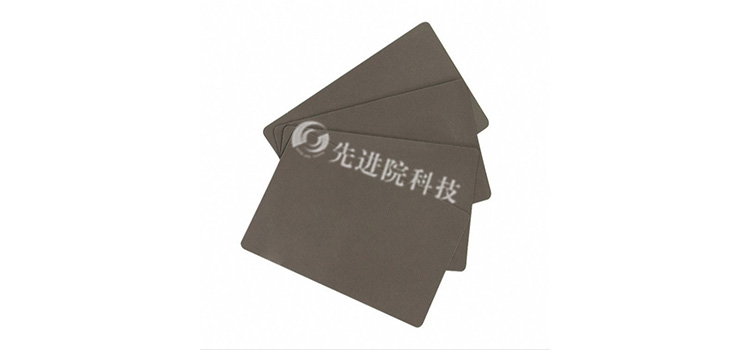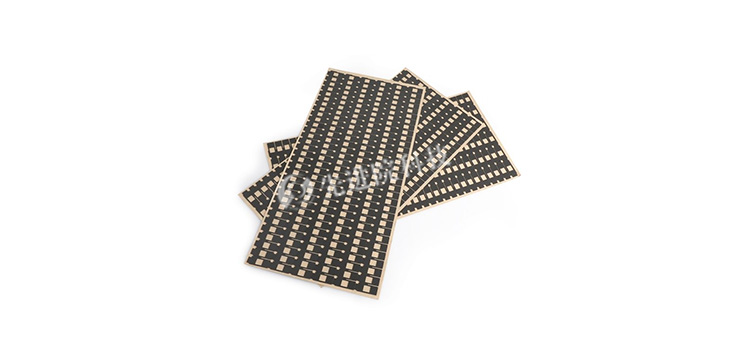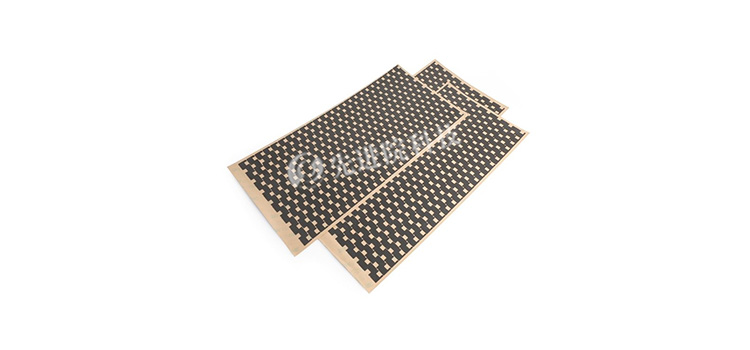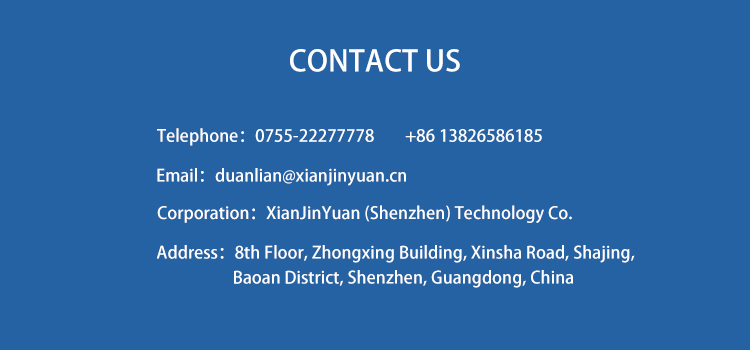Broadband radio wave absorbing materials refer to materials that can effectively absorb electromagnetic waves in the frequency range of 900MHz to 5GHz. The principle is mainly based on the loss mechanism of electromagnetic waves, such as conductivity loss, magnetic loss, and dielectric loss, which convert electromagnetic wave energy into other forms of energy (such as thermal energy), thereby achieving absorption of electromagnetic waves.
Performance characteristics
- Broadband coverage: It can provide stable absorption performance in the wide frequency range of 900MHz to 5GHz.
- High absorption rate: It has a high electromagnetic wave absorption rate, which can effectively reduce the reflection and transmission of electromagnetic waves.
- Lightweight: With the advancement of materials science, broadband radio wave absorbing materials are gradually achieving lightweight to meet the needs of more application scenarios.
- Customizability: Customization can be made according to customer needs, such as adjusting the thickness, shape, and size of materials to meet the needs of different application scenarios.

Main types
- Resistive absorbing material: It generates resistance loss through the conductivity of the material, converting electromagnetic wave energy into thermal energy. This type of material usually includes silicon carbide, graphite, etc.
- Magnetic loss absorbing material: Utilizing the dynamic magnetization process of ferromagnetic media to generate magnetic losses, such as hysteresis loss, damping loss, etc. This type of material usually includes ferrites, hydroxy iron, etc.
- Dielectric loss absorbing material: It converts electromagnetic energy into thermal energy and dissipates it through the "friction" effect generated by repeated polarization of the dielectric. This type of material usually includes barium titanate, etc.
application area
- In the military field, broadband radio wave absorbing materials can be used for stealth technology of military equipment, reducing the signals detected by radar and improving the concealment of equipment.
- In the field of communication, broadband radio wave absorbing materials can be used to reduce electromagnetic wave interference and leakage, and improve communication quality in electronic devices such as communication base stations and routers.
- Aerospace field: Coating wideband radio wave absorbing materials on the surface of aircraft can reduce the signal detected by radar and improve the concealment of the aircraft.
- In the civilian field, broadband radio wave absorbing materials can be used to reduce the impact of electromagnetic radiation on the human body in electronic devices such as laptops and mobile phones.

development trend
- High performance: With the advancement of materials science, the performance of broadband radio wave absorbing materials will continue to improve, including increasing absorption rate, reducing reflectivity and transmittance, etc.
- Lightweight: In order to meet the needs of more application scenarios, broadband radio wave absorbing materials will gradually achieve lightweight, reducing the weight and thickness of materials.
- Intelligence: Future broadband radio wave absorbing materials may have intelligent adjustment functions, which can automatically adjust the absorption effect according to the environment and needs.
- Multifunctionality: In order to meet the needs of different fields, broadband radio wave absorbing materials will develop towards multifunctionality, such as absorption, insulation, fire prevention, and other functions.










